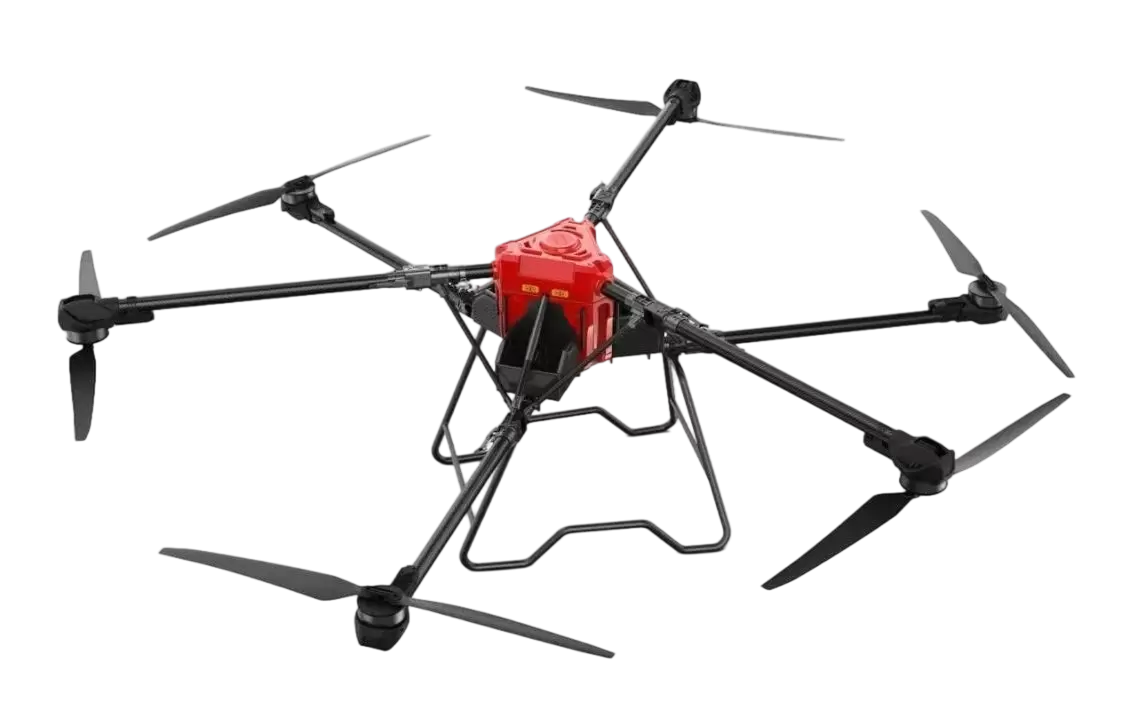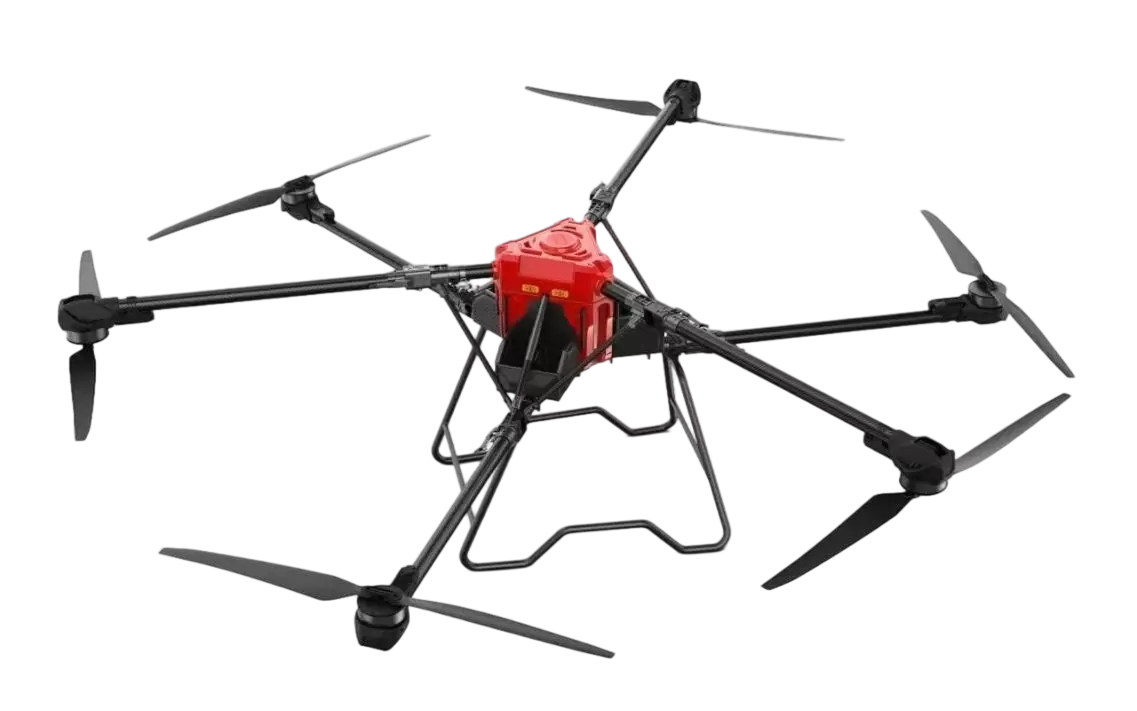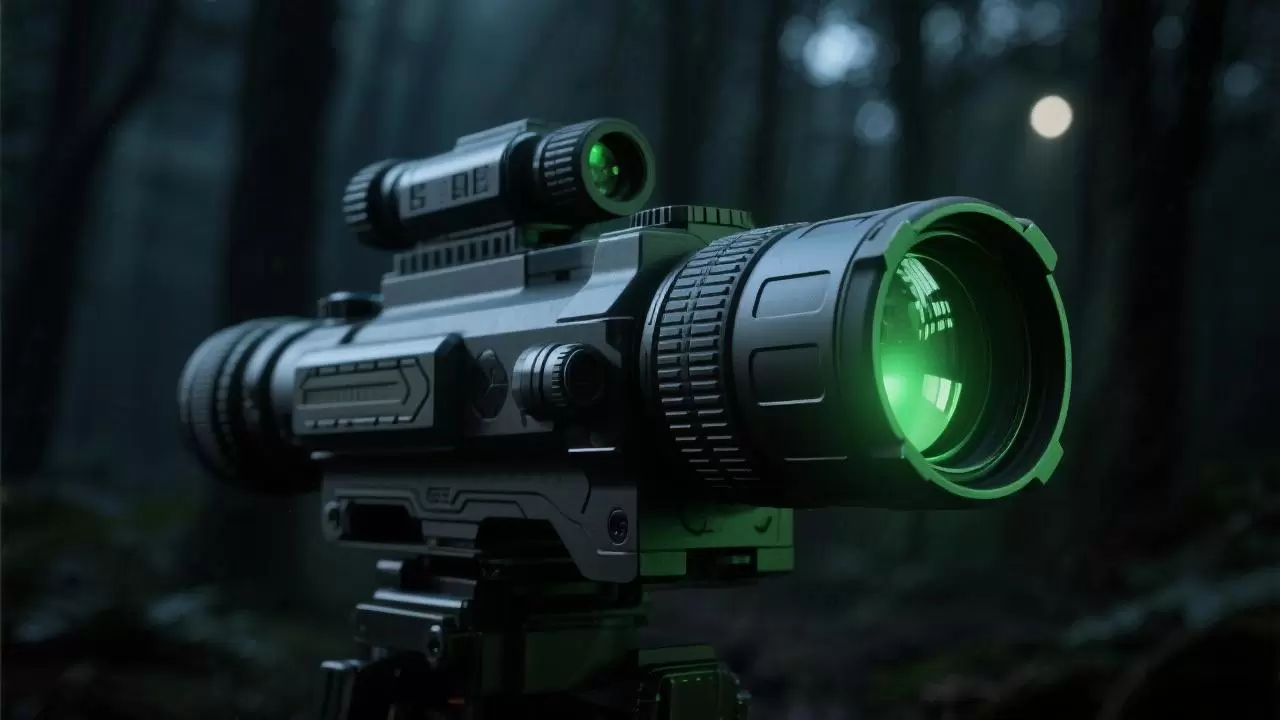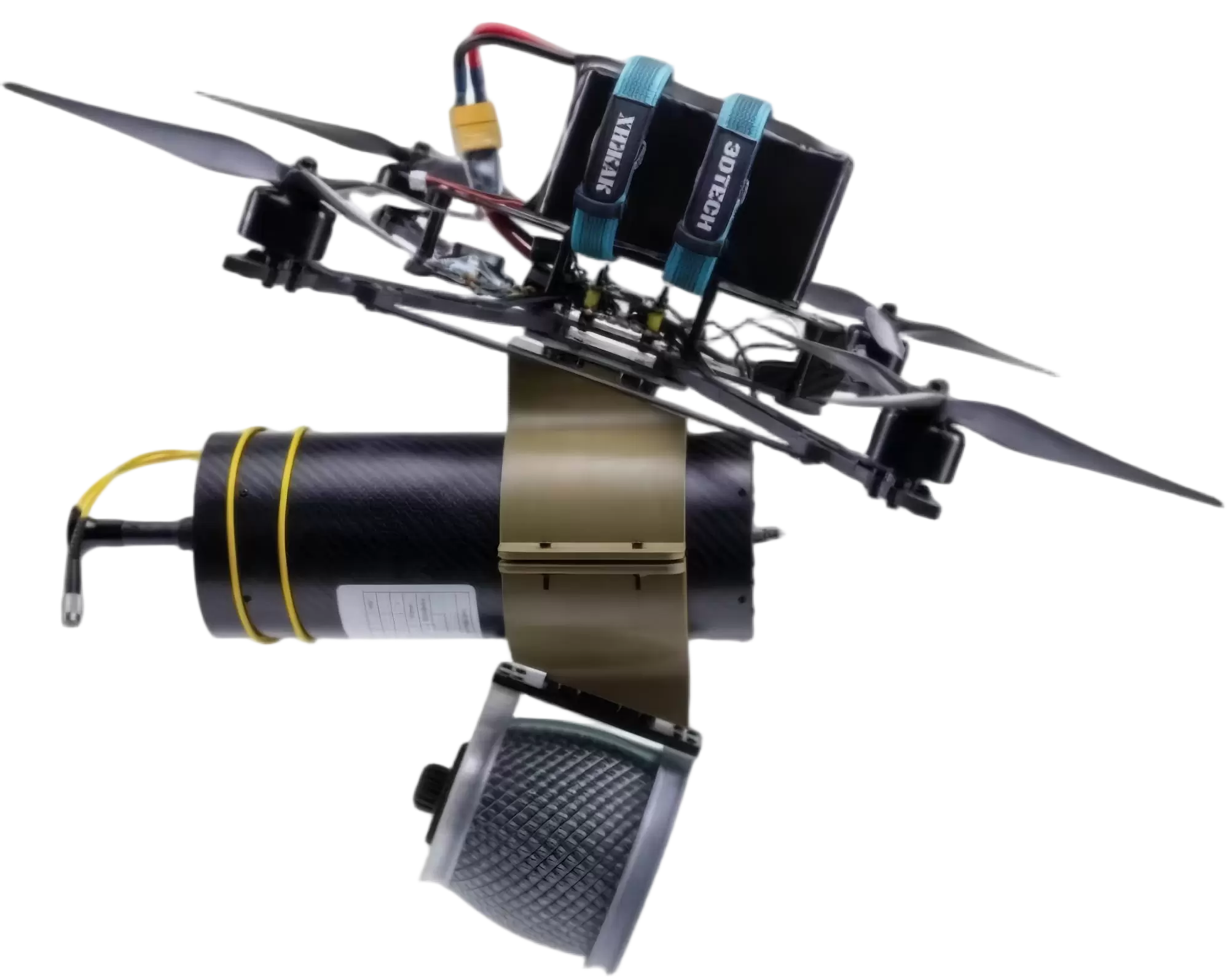The ongoing conflict in Ukraine has been widely labeled a "drone war," where technological innovations and counter-innovations unfold at a relentless pace. Among the array of unmanned systems reshaping frontline dynamics, fiber-optic drones have emerged as a game-changing asset, redefining tactical capabilities and shifting the balance of power between opposing forces. Unlike their radio-controlled counterparts vulnerable to electronic warfare, these drones leverage hair-thin fiber-optic cables to maintain unbreakable connections with operators, introducing a new paradigm of resilience and precision in modern combat.
The ascent of fiber-optic drones in Ukraine stems directly from the battlefield's intense electronic warfare environment. Radio-controlled drones, once the backbone of tactical operations, became increasingly ineffective as both sides deployed advanced jamming systems that disrupted their communication signals. In response, Russia pioneered the operational deployment of fiber-optic drones in mid-2024, a move that quickly proved decisive during the Kursk offensive . These drones eliminated the vulnerabilities of radio frequency (RF) transmission—since signals travel through enclosed fiber-optic cables rather than radiating into the electromagnetic spectrum, they remain undetectable by traditional electronic warfare systems and impervious to jamming . As Ukrainian Armed Forces Commander-in-Chief Oleksandr Syrskyi acknowledged, Russia currently holds the upper hand "both in quantity and scope" of fiber-optic drone deployment, forcing Kyiv into a rapid catch-up effort .
The technical advantages of fiber-optic drones translate directly into tangible tactical benefits. Their signal transmission not only resists interference but also delivers superior data transfer speeds, ensuring operators receive high-definition, real-time video feeds critical for target identification . Ukrainian drone pilots particularly value their ability to operate at extremely low altitudes—sometimes just 0.5 to 3 meters above ground—compared to fixed-wing drones that require higher elevations (500-600 meters) where target detection becomes challenging . This low-flying capability allows for precise differentiation between military assets and civilian objects, reducing collateral damage risks while enhancing strike accuracy. Additionally, fiber-optic drones maintain operational effectiveness in adverse conditions, including fog and heavy electronic countermeasures, making them reliable assets in unpredictable battlefield environments .
On the frontlines, these drones have become integral to diverse combat operations. Russia has perfected a devastating tactic combining fiber-optic drones with motorcycle-borne rapid assaults: standard FPV drones first clear entry points, followed by fiber-optic variants that penetrate bunkers, forcing defenders to evacuate before motorcycle units exploit the breach to sow chaos . Elite Russian drone units have used this approach to launch deep strikes against Ukrainian logistics hubs and command nodes, paralyzing rear-area operations and causing severe shortages of trucks, pickups, and armored vehicles . Ukrainian forces, meanwhile, have adapted fiber-optic drones for defensive roles, particularly against armored assaults, and for low-altitude ambushes—with domestic manufacturers now developing next-generation models with extended 30-kilometer ranges specifically for such missions .
Despite their transformative impact, fiber-optic drones face inherent limitations. Their operational range is typically constrained to 10-20 kilometers (though some advanced systems can reach 30 kilometers with low-altitude, straight-line flight), as longer cables increase weight and reduce payload capacity . A 10-kilometer fiber-optic cable can add up to 1.5 kilograms to a drone's weight, limiting the size of its explosive payload and requiring larger airframes with enhanced battery capacity to compensate . Winter conditions pose additional challenges, as frost can make cables more visible to defenders . Moreover, while no 大规模 (large-scale) countermeasures exist yet, troops have resorted to makeshift solutions like shotguns, scissors, or knives to disable drones by cutting their cables when visible . High-tech alternatives, such as AI-powered turrets equipped with radar and camera sensors, remain prohibitively expensive and require constant maintenance .
The race to dominate fiber-optic drone technology has sparked a frantic industrial mobilization on both sides. Ukraine, initially skeptical of the technology's potential, has ramped up domestic production with approximately 25 development teams working on indigenous models, and the General Staff has completed key testing phases . Facing supply chain challenges—many raw material suppliers serve both Ukraine and Russia—Kyiv is diversifying its sources, including exploring partnerships with Indian fiber-optic cable manufacturers . Russia, meanwhile, has deployed at least three distinct types of fiber-optic drones, primarily in the Kursk region, and continues to refine their integration into combined arms operations . Military experts predict that by autumn 2025, the quantity of fiber-optic and FPV drones used by both sides will reach near parity .
As the conflict evolves, fiber-optic drones exemplify how battlefield necessity drives technological innovation. They have not replaced traditional drones but rather created a complementary ecosystem where different unmanned systems serve specialized roles—from electronic warfare-resistant strikes to precision reconnaissance . For armies worldwide, the Ukrainian battlefield serves as a live laboratory, demonstrating the critical importance of resilient communication systems in future warfare. While fiber-optic drones may not fundamentally alter the conflict's outcome, their emergence underscores the relentless cycle of adaptation that defines modern combat—where the ability to maintain reliable connectivity can mean the difference between victory and defeat on the frontlines.











